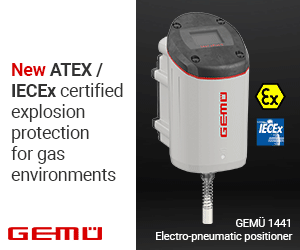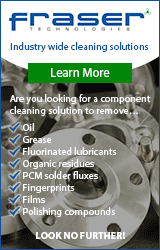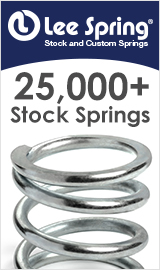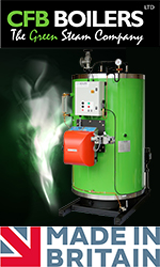Progressive cavity pumps overcome the toughest processing challenges
Process pumps are the world’s most popular piece of rotating equipment, outnumbering all other process equipment such as compressors, mixers, blowers – in some plants they can represent as much as 85% of rotating equipment. Industries as diverse as oil and gas, food and beverage, water and waste water treatment, pharmaceutical and chemical, all rely on pumps to move products around their processes.
Despite pumps being essential to many processing operations, there remain challenges associated with choosing the correct pump for the job.
These selection issues can be resolved thanks to developments in the technology deployed in progressive cavity (PC) pumps, which can now deliver superior pumping ability – overcoming some of the common pumping challenges found across all industries.
Challenge 1: Maintaining product integrity
The design of the PC pump moves the product through the pump in a series of cavities, which prevents slip from the discharge back through the pump. Slip creates shear, so compared to other pump designs, which have clearances between the lobes, screws or gears, PC pumps have a very low shear action, preserving the quality of shear-sensitive products, all of which are transferred without loss of integrity and functionality.
Challenge 2: Lifting products
High suction lifts can be achieved by PC pumps, making them ideal for lifting products from IBC, barrels or mixing tanks. The ability to pump against almost a full vacuum also ensures the efficient use of degassing equipment. Furthermore, surface-mounted PC pumps can lift from wastewater sumps, removing the need for submersible equipment.
Challenge 3: Batch and continuous dosing
The cavities have a given chamber volume, ideal for both batch and continuous dosing applications where accuracy is important, such as batch dosing sauce directly onto pizza dough or the addition of chemicals to make up tanks. The flow has very low pulsation too, so dosing the correct amount into mixers or pipelines can be achieved with a smooth, continuous action, removing the need for complicated controls or lengthy calibration methods.
Challenge 4: Handling solid particles
The PC pump is able to handle solid particles without compromising either the product or the pump efficiency, ideal in a wide range of applications, from waste water treatment to sauces containing vegetables and spices. They are used in any area where solid particles prove problematical for other pump designs, often causing check valves to stick resulting in failure and downtime.
Challenge 5: Variable flow rates
PC pumps are available with flow rates from 100 ml/hr to 500 m³/hr and variable frequency drives can regulate pump speeds to increase or decrease flow rates without the need for pulsation dampeners or complicated calibration systems.
Challenge 6: Viscosity
PC pumps can handle products with a wide range of viscosities – from water to over 1,000,000 cps. The pumping action means that variations in viscosity do not affect the flow rate, offering accuracy, process stability and reduced downtime compared to pumps that stall as viscosity increases.
Challenge 7: Solids pumping
There are some instances where products don’t free flow, hence the development of open hoppers and integral augers to constantly feed non-flowable media into the pumping elements. The auger is fabricated as part of the integral coupling rod between the drive and rotor, using the rotation produced by the drive to push forward viscous and even solid products. As a result, products that do not flow are pushed into the pumping elements and can then be moved through pipes (the alternative would have been to use a conveyor). This technique makes long distance transfer of high ds% products possible using PC pumps.
Challenge 8: Design compatibility
Corrosive and abrasive products, industry standards, hygiene requirements and operating temperature are all factors that need to be considered when configuring or choosing a pump, to ensure that the build materials are suitable for the product and processing conditions. PC pumps can be constructed – and the product feed mechanism adapted – in line with specific application requirements.
Challenge 9: Operating pressures
Pumps have to overcome pressure when transferring products. PC pumps are able to generate pressures up to 48bar as standard, meaning that they can pump long distances – many km in some cases!
Challenge 10: Installation and operation
PC pumps are easy to operate and install. They can run both clockwise and counterclockwise, plus they can be installed horizontally or vertically if floor space is tight. Designs such as SEEPEX’s Smart Conveying Technology have smaller installation needs, plus inspection of the pumping elements, removal of blockages and planned maintenance can all be carried out without removing pipework, thus reducing downtime and maintenance costs.



























































































































